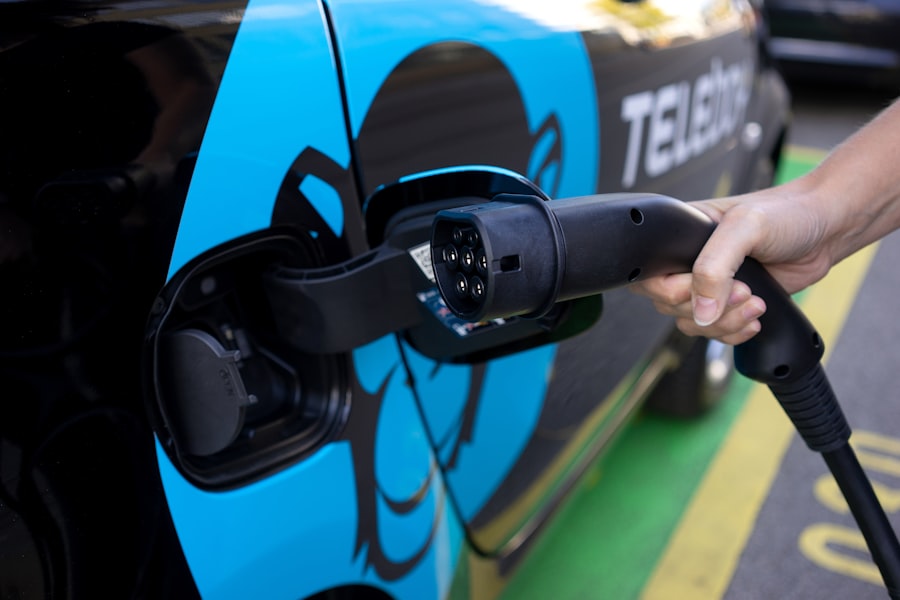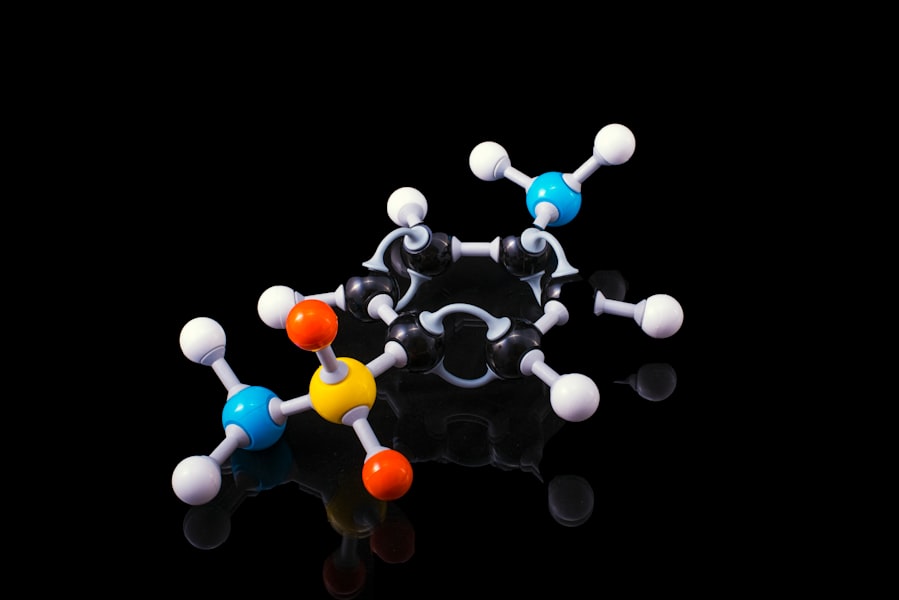
Exploring the Possibility of Establishing a Sustainable Presence on the Moon: NASA’s Vision for the Future
NASA is planning to establish a presence on the moon, which will allow them to practice living in space sustainably and learn about how Earth was formed. The moon has water, which could be used as rocket propellant, and its low gravity makes it an ideal launching point for other points of the solar system. NASA is exploring the possibility of building a nuclear reactor and solar farms on the moon, as well as utilizing resources already present there such as regolith. They are also considering creating a lunar economy that would help sustain a permanent presence.
Moon Exploration
The Moon has been the subject of human fascination for centuries, and more recently, exploration. In 1969, the Apollo 11 mission became the first successful human mission to land on the Moon, with astronauts Neil Armstrong and Edwin „Buzz“ Aldrin famously taking their first steps on its surface. Since then, several other missions have landed on the Moon to explore its geography and geology. In addition to sending humans to the Moon, many robotic spacecraft have also been sent to study it from orbit and collect samples of lunar soil and rocks. The data collected from these missions has helped scientists uncover new information about the origin and evolution of our natural satellite.You might also like this article: Deutschland als föderaler Staat: Ein Überblick über die 16 Bundesländer. Picture source: Karsten Würth







